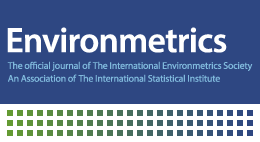Data from: Quantile benchmark dose estimation for continuous endpoints
Quantitative risk assessment (QRA) characterizes the risk of an adverse health outcome for an organism exposed to a chemical, environmental, physical, or other hazard. Historically, QRAs define risk based upon the increased probability of adverse response because of exposure when compared with the background probability of response in unexposed individuals. For a specified risk level, the exposure–response relationship is inverted to find an exposure (or dose) for minimizing risk; these exposures are often called the benchmark dose (BMD). For continuous endpoints, BMD analyses have employed strong assumptions on the form of the response distribution which may not be met for most toxicology data sets. We propose a reformulation of the BMD for use in QRA for continuous response that is based upon milder assumptions using quantile regression and monotone smoothing splines. This method takes into account the uncertainty in the response distribution as well as uncertainty in the exposure–response relationship. We apply this method to a data example and show through a simulation study that the approach is often superior to current practice.


